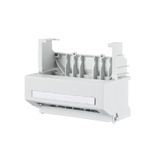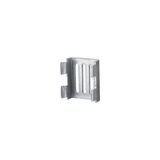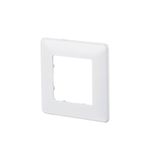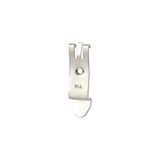Register to unlock your exclusive B2B prices and start shopping. Sign up now!
METZ CONNECT Cable bearing systems

In stock: No
METZ CONNECT
DIN rail adapter
14,70 €
EAN: 4250184105336
MPN: 1308990110-E
Package: 1
Box: 10

In stock: No
METZ CONNECT
Cover plate 80 x 80 mm pure white, E-DAT C6
0,67 €
EAN: 4250184110378
MPN: 816718-0102-I
Package: 1
Box: 10

In stock: No
METZ CONNECT
GB fastening kit PUK
4,82 €
EAN: 4250184112051
MPN: 1309310099-I
Package: 1
Box: 10

In stock: No
METZ CONNECT
Cover plate 80 x 80 mm, traffic white, modul
0,67 €
EAN: 4251394640297
MPN: 820395-0127-I
Package: 1
Box: 10

In stock: No
METZ CONNECT
Cover plate 80 x 80 mm, pure white, module
0,66 €
EAN: 4250184110729
MPN: 820395-0102-I
Package: 1
Box: 10

In stock: No
METZ CONNECT
DIN rail adapter mini FS
2,96 €
EAN: 4250184112181
MPN: 1308990112-I
Package: 1
Box: 10

In stock: No
METZ CONNECT
DIN rail adapter mini
2,31 €
EAN: 4250184112105
MPN: 1308990111-I
Package: 1
Box: 10